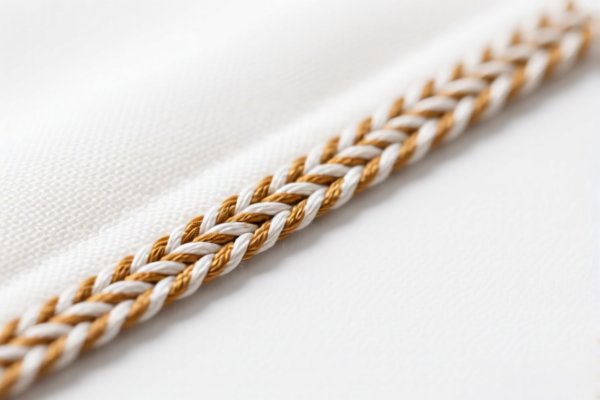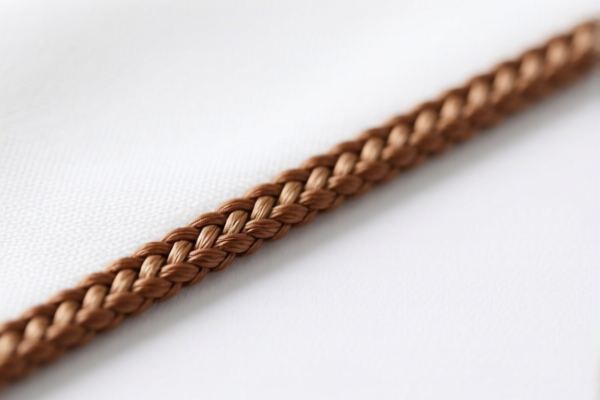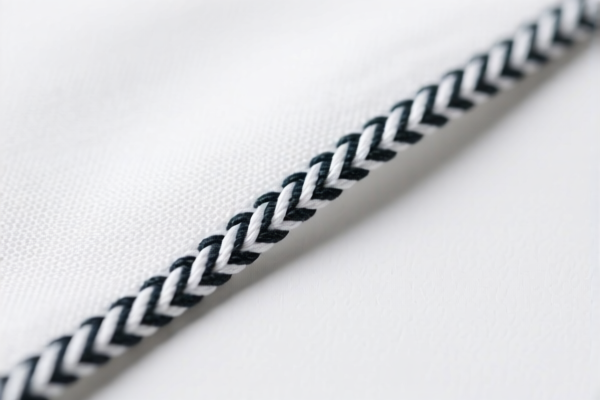| HS Code | Official Doc | Tariff Rate | Origin | Destination | Effective Date |
|---|---|---|---|---|---|
| 4205008000 | Doc | 55.0% | CN | US | 2025-05-12 |
| 4205000500 | Doc | 57.9% | CN | US | 2025-05-12 |
| 4202922000 | Doc | 60.7% | CN | US | 2025-05-12 |
| 4202991000 | Doc | 58.4% | CN | US | 2025-05-12 |
| 5602909000 | Doc | 52.9¢/kg + 8%+55.0% | CN | US | 2025-05-12 |
| 5602903000 | Doc | 55.0% | CN | US | 2025-05-12 |
| 6210309020 | Doc | 43.7% | CN | US | 2025-05-12 |
| 5609004000 | Doc | 58.9% | CN | US | 2025-05-12 |
| 5609001000 | Doc | 57.9% | CN | US | 2025-05-12 |
| 5404900000 | Doc | 55.0% | CN | US | 2025-05-12 |
| 5404198080 | Doc | 61.9% | CN | US | 2025-05-12 |
| 6117809570 | Doc | 52.1% | CN | US | 2025-05-12 |
| 6114909070 | Doc | 35.6% | CN | US | 2025-05-12 |
| 3926903300 | Doc | 36.5% | CN | US | 2025-05-12 |
| 3926909989 | Doc | 42.8% | CN | US | 2025-05-12 |
| 3923900080 | Doc | 58.0% | CN | US | 2025-05-12 |




Felt Bag Caddy
A felt bag caddy is a storage and organization accessory designed to hold and transport various types of bags, typically reusable shopping bags, produce bags, or similar items. It provides a structured and convenient solution for managing bags, preventing them from becoming disorganized in vehicles, pantries, or closets.
Material
The primary material is felt, usually made from recycled plastic bottles (rPET) or wool. rPET felt is common due to its durability, lightweight nature, and water resistance. Wool felt offers a more natural and sustainable option, but can be less resistant to moisture. Reinforcements, such as plastic or metal supports, are often incorporated to maintain shape and structural integrity.
Purpose
The primary purpose is bag organization and portability. It addresses the issue of flimsy bags collapsing or becoming scattered, especially after grocery shopping. It aims to simplify carrying and storage, promoting the reuse of bags and reducing reliance on single-use plastic.
Function
- Shape Retention: The structure, often reinforced, keeps bags open and accessible.
- Portability: Handles allow for easy carrying from vehicle to home, or between storage locations.
- Storage: Provides a designated space for bags, preventing clutter.
- Accessibility: Allows quick access to bags when needed.
Usage Scenarios
- Grocery Shopping: Most commonly used to transport groceries from the store to the car and then to the kitchen.
- Farmers Markets: Convenient for carrying produce bags.
- Pantry Organization: Keeps reusable bags neatly stored in a pantry or closet.
- Vehicle Storage: Prevents bags from rolling around in the trunk.
- General Storage: Can be used for organizing other items beyond bags, such as toys or craft supplies.
Common Types
- Upright Caddies: These have a taller, rectangular shape and stand on their own. Often feature multiple compartments for separating different bag sizes.
- Tote-Style Caddies: Resemble a tote bag with reinforced sides and a wider opening. Easier to collapse and store when not in use.
- Hanging Caddies: Designed to hang in a pantry or closet, maximizing storage space.
- Collapsible Caddies: Made with flexible materials or folding designs for compact storage.
- Reinforced Bottom Caddies: Feature a sturdy base for increased stability and weight capacity.
The declared goods are felt bags designed to carry or hold items, potentially for organizational or transport purposes. These bags are constructed from felt material.
Here are the relevant HS codes based on the provided reference material:
- 5602909000: This HS code covers felt, whether or not impregnated, coated, covered or laminated, categorized as 'Other' within 'Other' and 'Other'. This is a broad category for felt not specifically defined elsewhere.
- 56: Chapter 56 refers to Wadding, felt and non-woven fabrics; fibrous cotton materials.
- 02: Heading 5602 specifically covers felt.
- 90: Subheading 560290 covers 'Other' felt.
- 9000: Further specifies 'Other' within the 'Other' category.
- 5602903000: This HS code covers felt, whether or not impregnated, coated, covered or laminated, categorized as 'Other' within 'Laminated fabrics'. This applies if the felt bag incorporates laminated layers.
- 56: Chapter 56 refers to Wadding, felt and non-woven fabrics; fibrous cotton materials.
- 02: Heading 5602 specifically covers felt.
- 90: Subheading 560290 covers 'Other' felt.
- 3000: Further specifies 'Laminated fabrics'.
- 3926903300: This HS code covers 'Other' articles of plastics and articles of other materials of headings 3901 to 3914, specifically 'Other', categorized as 'Beads, bugles and spangles, not strung (except temporarily) and not set; articles thereof, not elsewhere specified or included', and further specified as 'Handbags'. This code may be applicable if the felt bag incorporates significant plastic components or is constructed primarily from plastic materials.
- 39: Chapter 39 refers to Plastics and articles thereof.
- 26: Heading 3926 covers 'Other' articles of plastics.
- 90: Subheading 392690 covers 'Other' articles.
- 3300: Further specifies 'Beads, bugles and spangles, not strung (except temporarily) and not set; articles thereof, not elsewhere specified or included', and further specified as 'Handbags'.
Regarding HS code 5602909000 and 5602903000, the applicable tariff is a base tariff of 52.9¢/kg + 8%, plus a 25.0% additional tariff, increasing to 30.0% after April 2, 2025, resulting in a total tariff of 52.9¢/kg + 8% + 55.0%.
Customer Reviews
No reviews yet.